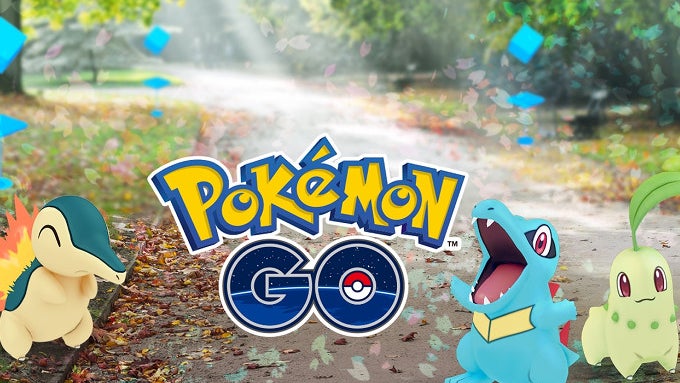Whether you’re a filmmaker or simply obsessed with movies, knowing how they are made can greatly enhance the experience and appreciation you have for the craft. How a movie tells a story is based largely on the shots that capture the moment, great shots at that.
If you want to step into the industry or just love movies, you need to have a good knowledge of the types of camera shots used in film.
In an interview with The Guardian, Mandy Walker, a cinematographer whose CV includes Hidden Figures, Australia, and Mulan, shared their insight on the importance of getting the perfect shot.
“It’s not just about making pretty pictures,” says Walker. “The most important part of my job is helping the director tell a story with the images of the film and camera and lighting and lenses. The decisions we make are the most important.”
In this article, we will cover the types of shots used in film and what function they serve for the story.
Here are some of the top shots to look out for in the filmmaking process.
Establishing Shot
While it might not seem like the most creative, the establishing shot establishes the scene for the audience and tends to be the first shot of your movie. In other words, the establishing shots provide the view of a maximum of the city or building scene in one frame.
With this type of shot in film, you are typically showing, not telling, the audience through a narrative where the film is taking place.
Extreme Long Shot
As the name suggests, this type of camera shot is taken from a very long distance. This gives the audience an idea of where the character belongs, regarding the time and place. It also establishes to the audience the potential for the emotional relationship to the environment.
Full Shot
In this shot, the location can be ignored and kept out of the focus. The main focus of this shot should be on the character. Also, the shot should highlight whatever action or movement the character is making from head to know, rather than their emotional condition. This gives the audience the idea of whether your character is confident, significant, their appearance, etc.
The Master Shot
The master shot differs from the establishing shot in the way that it covers the action going on in the scene, providing the audience a wide view that can later be cut into tighter angles and close-ups. It’s often one of the first shots filmed in a movie, allowing actors to help the director by choosing a physical activity, which can be repeated take after take without burdening the creative process.
“The master shot is a continuous filming of a scene in its entirety, it captures all of the necessary information in a scene,” said Bardya Ziaian, an entrepreneur and filmmaker. “The purpose of it is to cover your entire scene with the purpose that at least one frame can eliminate possible gaps in your edit. It’s vital.”
Over-the-shoulder shot
This shot is a popular method for shooting two characters tightly focused on one actor, while the framing is shot over the other actor’s shoulder. This allows the audience to focus on one speaker at a time while still framing them in the context of the conversation. This shot allows the actor who is only seen from behind to swap out a stand-in or photo double.
Are you inspired yet? These are only some of the more popular creative shots you can use in your craft or now skillfully point out the next time you have a movie date.





